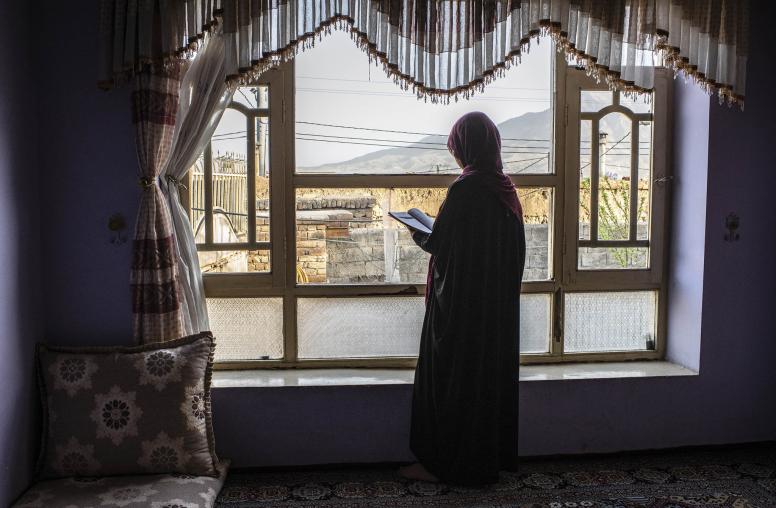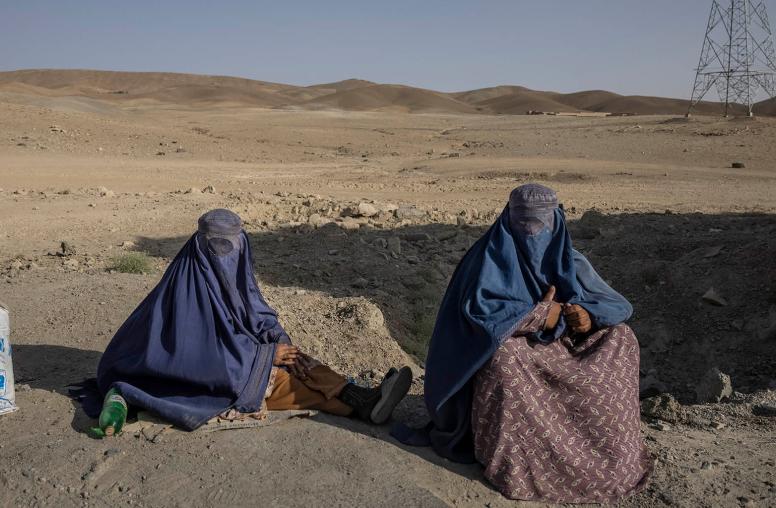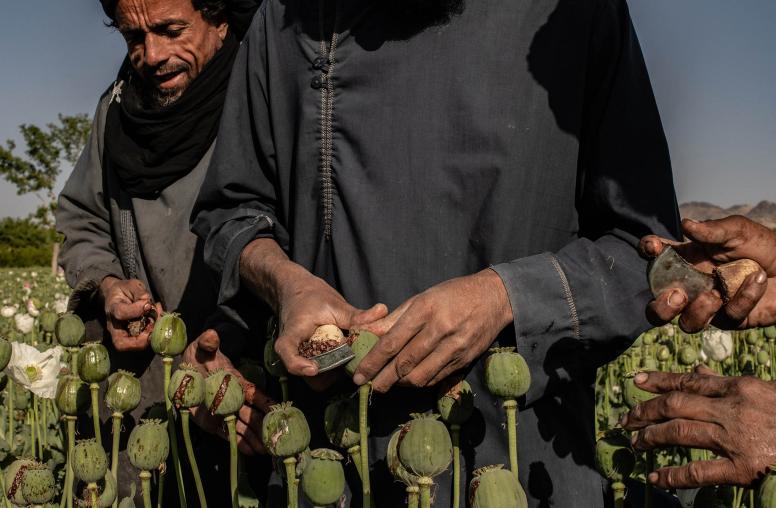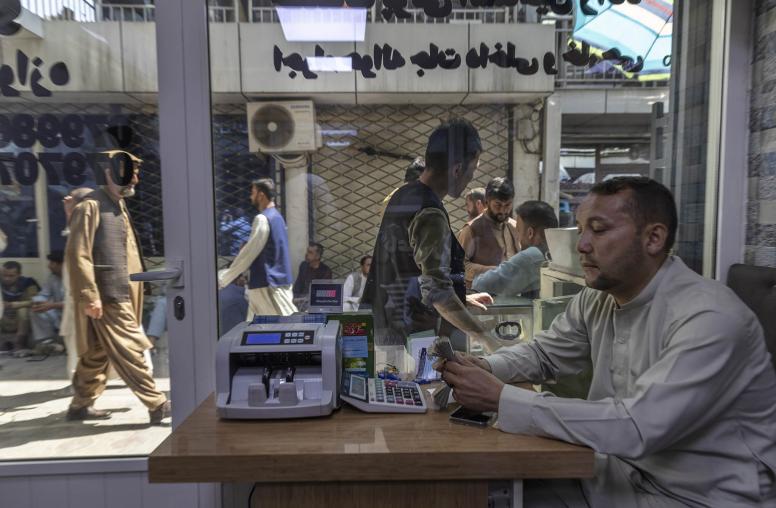U.S., Russian interests overlap in Afghanistan. So, why offer bounties to the Taliban?
Moscow’s support for the Taliban has been more tactical in nature than strategic, says Andrew Wilder.
Recent intelligence reports indicating that Russian bounties paid to the Taliban to kill U.S. troops have bolstered American and Afghan officials' long-held allegations that Moscow has been engaged in clandestine operations to undermine the U.S. mission in Afghanistan. Russia’s support for the Taliban, however, has largely been tactical in nature. Both Washington and Moscow ultimately have a converging strategic interest in a relatively stable Afghanistan without a long-term U.S. presence that will not be a haven for transnational terrorists. USIP’s Andrew Wilder looks at what this means for the decades-long Afghan conflict.

How does the Russia’s bounty scheme advance its interests in Afghanistan?
Russia has several reasons for providing tactical-level support to the Taliban. The first is simply the irresistible temptation to make life more difficult for the United States and NATO allies at relatively little cost, similar to some of the asymmetric tactics Moscow is using to challenge Washington in other conflicts.
Relatedly, an embarrassing Taliban defeat of U.S. and NATO forces in Afghanistan would provide some in Moscow with a feel-good sense of revenge for the U.S. support to mujahedeen groups in the 1980s that led to the humiliating defeat and withdrawal of Soviet forces—and contributed to the collapse of the Soviet Union itself. Such a loss would also seriously damage the United States reputation and influence in the region and could also test the NATO alliance and its willingness to engage in any future out-of-area operations. Both would be big wins for Russia.
Russia’s tactical support to some Taliban commanders is because they view the Taliban as the lesser of two evils in comparison to the Islamic State branch in Afghanistan (known as Islamic State Khorasan [ISK]). Reports during the past few years of Russian support for Taliban commanders primarily in northern Afghanistan coincided with the expansion of ISK influence into the north, along with reports of strengthening links between the Islamic State and Central Asian extremist groups like the Islamic Movement of Uzbekistan (IMU). Russia’s initial support for the Taliban in northern Afghanistan, therefore, was primarily to enable Taliban commanders to fight ISK and the IMU, and to prevent the spread of their influence into Central Asia, rather than to attack Afghan and international forces.
How does this relate to Afghanistan’s potential post-conflict political future?
Russia is following closely the Afghan peace process and is making its own calculations about how it will turn out. It is likely providing some limited tactical-level support to the Taliban as a hedging strategy, especially as the Taliban gain ground militarily on the battlefield, diplomatically at the negotiating table in Doha, and as the United States has been clear about its desire to significantly reduce or withdraw its forces. The Russians calculate that having closer ties with the Taliban makes sense given the likelihood they’re going to play an increasingly important role in Afghanistan’s future political dispensation.
The Russians don’t want the United States to stay in the region forever, but they also don’t want such a quick departure that leads to the Afghan state collapsing and a return to the civil war and anarchy of the 1980s and early 1990s. This helps explain why Russian support for the Taliban has been more tactical in nature than strategic.
Russian support for the Taliban does not mean the Russians want to see the Taliban completely victorious in Afghanistan. They would prefer an end state not that different from what the United States desires—a political settlement that leads to the withdrawal of U.S. and NATO forces, but leaves behind a relatively stable and ethnically inclusive government that can ensure Afghanistan doesn’t again become a safe haven for transnational terrorist groups. The biggest losers—apart from Afghans—of a collapse of the Afghan state following a hasty departure of U.S. and NATO forces, and a return to the anarchy of the early 1990s, would be Afghanistan’s neighbors, including Russia and the strategically sensitive states of Central Asia.
What is the Taliban’s motivation for doing this amid negotiations with the United States?
One has to approach this question with a bit of caution because the intelligence is still not very clear— and it’s still not completely understood when exactly the alleged bounties were provided. Up until the United States and the Taliban reached an agreement on February 29 this year, the Taliban were actively targeting U.S. troops. Because U.S. troops are no longer in a combat role and there are far fewer of them, U.S. casualties have been significantly reduced.
Nonetheless, the Taliban killing of a U.S. serviceman in September of last year was used by President Trump to temporarily pull out of the negotiations with the Taliban. Up until the end of February, however, it is conceivable that the Taliban might have taken money from Russia or other countries to target Americans as that was a central part of its strategy anyway. Now the test is whether they honor their February 29 commitment to no longer target American or international forces, whoever is paying them.
If the intelligence reports of bounties are confirmed, and if they are still being paid, the question is less why the Taliban has accepted them, and more why the Russians are paying the Taliban to do something that they have agreed not to do, which could end up scuttling an agreement that gives them their foremost demand: the withdrawal of U.S. troops, which is also what Russia ultimately wants.



